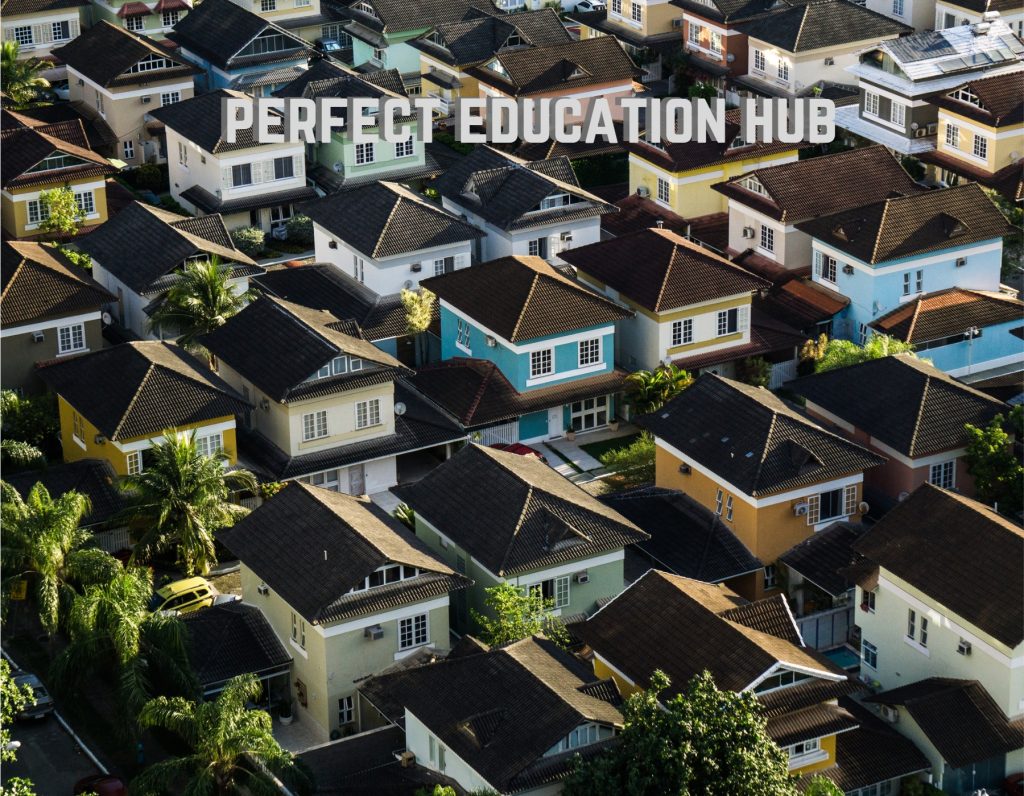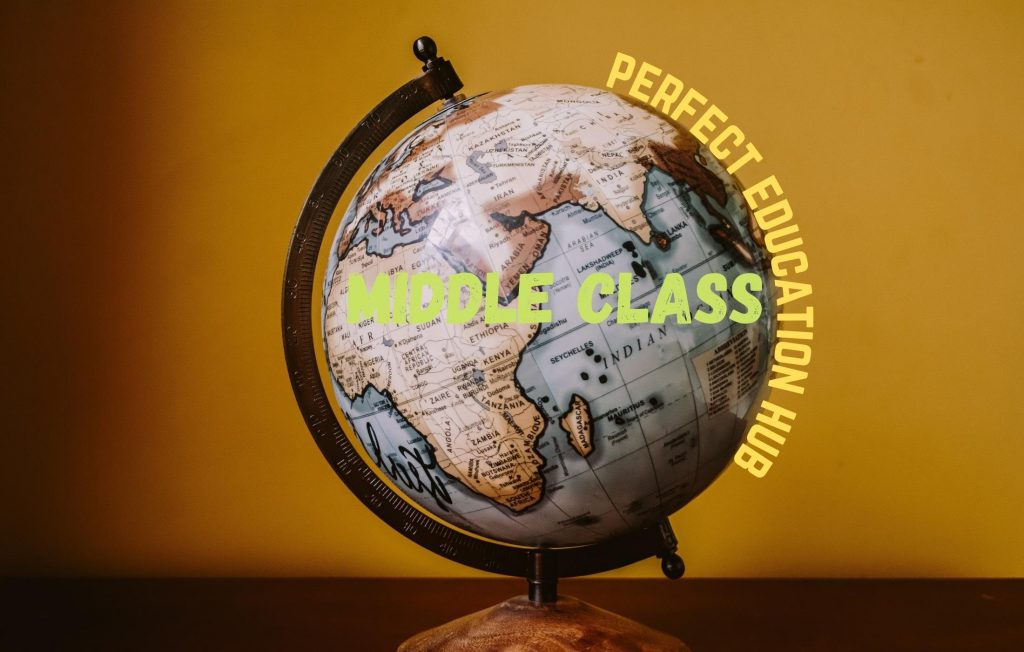Middle Class in Pakistan.
With approximately 548,000 square feet of leasable space, Dolmen Mall in Clifton, Karachi, is one of the largest malls in the country and one of the largest in the city, given its location in the country’s
commercial hub. Tucked away in one of the most elite neighborhoods (Clifton).

The furthest away from workers’ homes probably one of the most exclusive places in the country. Entry is technically free, but it’s not so easy to say you don’t need money to get in. There are security
guards at the door, whose job is not security, but people who don’t seem to “belong.” is to shut out Sure, the mall can claim it had 10 million visitors in 2019, but that’s not 10 million.
This is his journey of 10 million unique people. If you’ve been there 20 times, you’re one of 20 out of 10 million people. The upper floors of the mall have food court seating where you can see just about everyone entering the huge mall.
One, usually more, members of the family are new to the place and are dressed in their best clothes (clean, ironed clothes). But maybe a little outdated, so travel is more than just shopping. It’s a small but
important step to show not only themselves but the world what they’ve reached.

Some of the wealthy customers spend the money the family makes in her month on shopping, but they belong there with all the other wealthy people. Abstractly speaking, it is easy to talk about how the Pakistani government’s decisions on economic policy issues affect individuals and households across the country.
It’s a rude wake-up call to see the numbers, how this is affecting personal income, and how it varies wildly from year to year depending on how well or bad the economy is doing.
To be fair, statisticians at the Pakistan Statistics Authority have attempted to correct this underestimation by adding estimated weights to individual observations so that the spectrum can be
fully observed, but the data limitations acknowledge deficiencies in the analysis we may have underestimated the absolute size of Pakistan’s middle class, especially the middle class, but we may still
be heading in the right direction in terms of growth rates and changes that have occurred in the last two decades.
In the Upper Middle Class:
We decided to define people whose annual income exceeds her $10,000. We chose this benchmark because it gave us an overview of people in Pakistan who have a personal income equivalent to their per capita income, which the World Bank defines as the average for high income countries (equivalent to about US$12,000).
Pakistan’s Middle Class is Growing:
This data clearly shows that Pakistan’s middle class has grown over the two decades. Both in terms of the absolute number of individuals with a monthly income above his $300 and the proportion of the
Pakistani labor force above the threshold.

The number of people exceeding his $300/month midrange benchmark peaked at 16 million by 2018 before dropping sharply to just 5.6 million in 2019. (I think the decline in numbers in our analysis is a bit exaggerated, so I won’t read too much into it, but the number of people who are technically part of Pakistan’s middle class is 2019).
How Fast did the Middle Class Grow?
Between 1999 and 2018, the number of people belonging to the middle class increased by an average of 16.2% per year. This is well above the population growth of about 2.4% over the same period.
Even looking at the much more conservative numbers for 2019, the growth rate from 1999 to 2019 would be a very respectable average of 9.4% per annum, nearly four times the growth rate of the general population.
As a result, the share of middle income earners in the working population has also risen from just 2.4% in 1999 to a peak of 20.6% in 2018. The 2019 figure is around 7%, but that too may have been artificially shrunk and could be even higher.
Article -by– Hamad Hanif, Posted -by- Ali Hadar
Follow our Social Media Platforms.
FACEBOOK TIKTOK INSTAGRAM YOUTUBE
